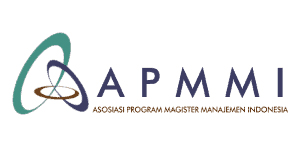Psychosocial Perspective in Analysis of Potential Work Hazards in Company X
Abstract
This study aims to analyze the potential for occupational hazards caused by psychosocial problems in company X. For representation of product service operations, 5 research locations were selected, namely aviation, lubricants, asphalt, fuel and LPG. A qualitative research method with an open snow ball sampling technique was carried out in order to get 30 participants for interviews and focus group discussions. Then the data were analyzed using thematic analysis which resulted in themes of psychosocial problems that occurred which could pose potential work hazards. To determine the core problem and causal flow of psychosocial aspects, stream analysis is used. This analysis shows that management who does not care about work facilities causes work equipment not to support work safety standards. Besides that, the quality of human resources who are less aware of work safety and stressful conditions due to workload causes non-compliance with SOPs so that it becomes a potential occupational hazard. It is this core problem that comes from a psychosocial perspective that must be addressed to minimize work hazards.
Downloads
Authors who publish to JMM17: Jurnal Ilmu Ekonomi Dan Manajemen agree to the following terms:
- Authors transfer the copyright and grant the journal right of first publication with the work simultaneously licensed under a Creative Commons Attribution-ShareAlike 4.0 International License.. that allows others to share the work with an acknowledgement of the work's authorship and initial publication in this journal.
- Authors are able to enter into separate, additional contractual arrangements for the non-exclusive distribution of the journal's published version of the work (e.g., post it to an institutional repository or publish it in a book), with an acknowledgement of its initial publication in this journal.
- Authors are permitted and encouraged to post their work online (e.g., in institutional repositories or on their website) prior to and during the submission process, as it can lead to productive exchanges, as well as earlier and greater citation of published work (See The Effect of Open Access)







